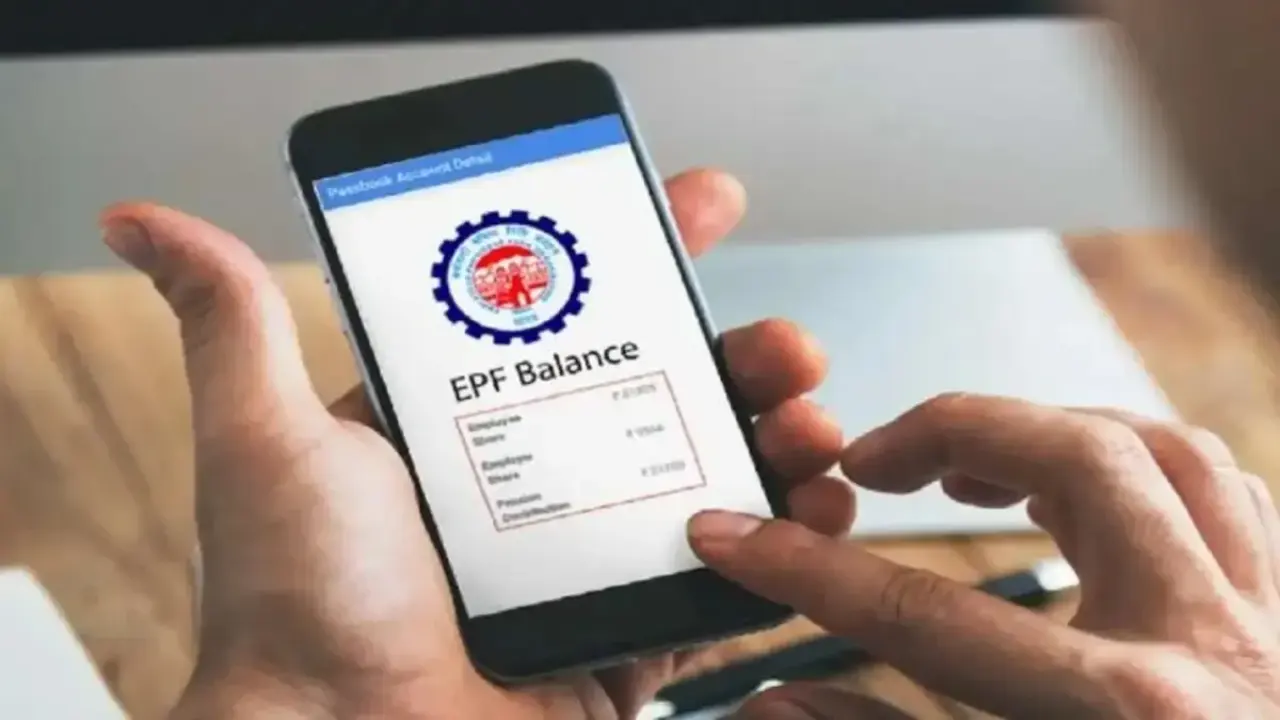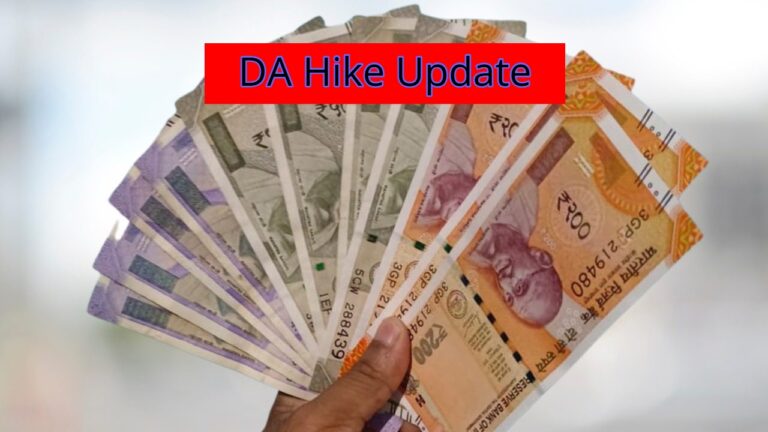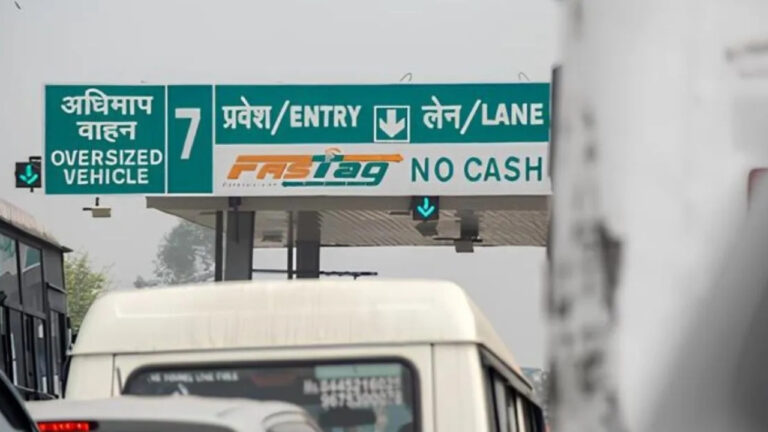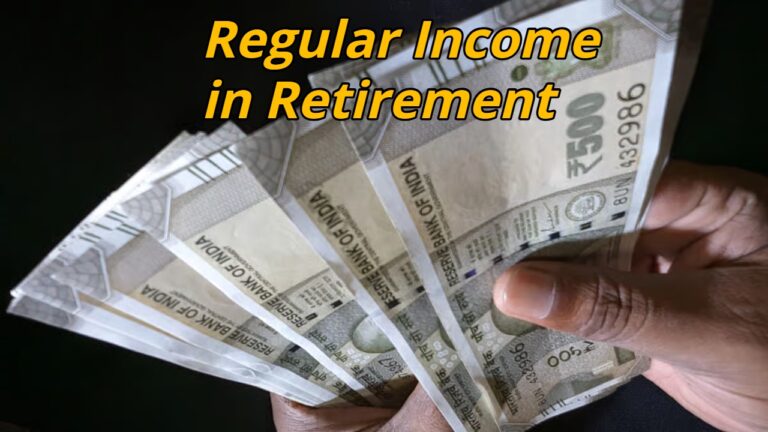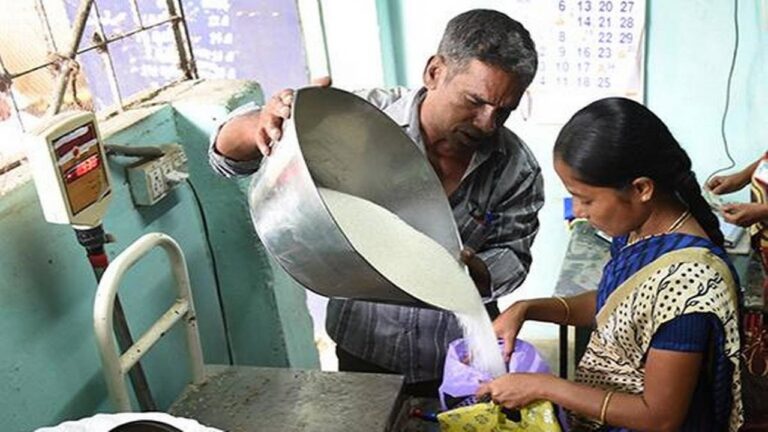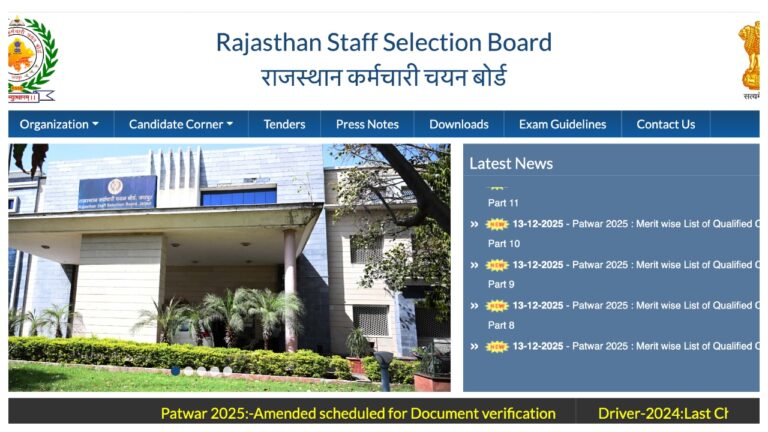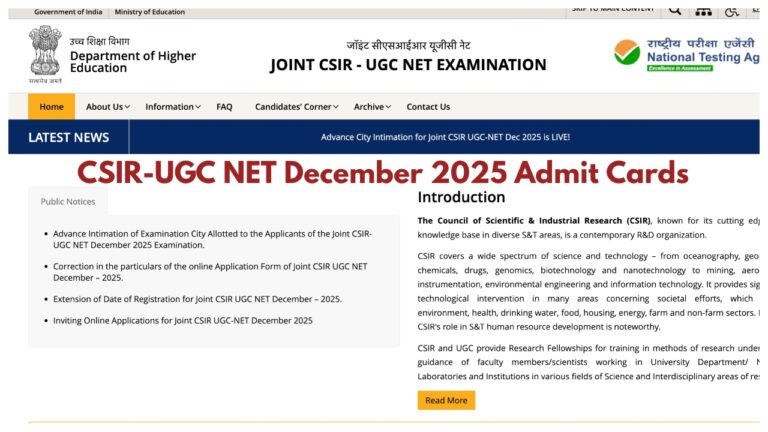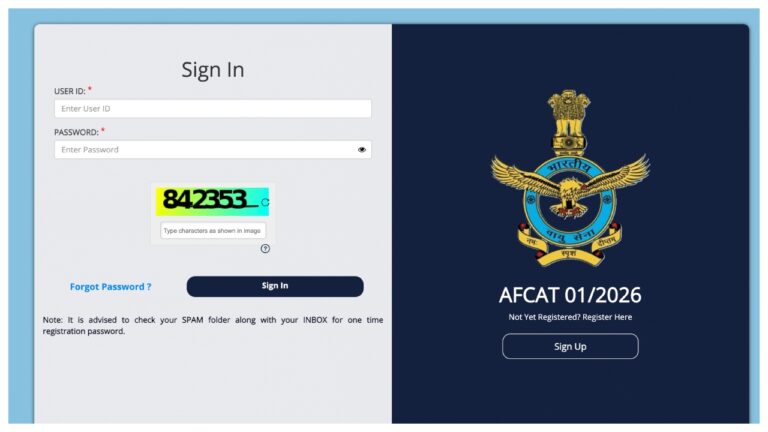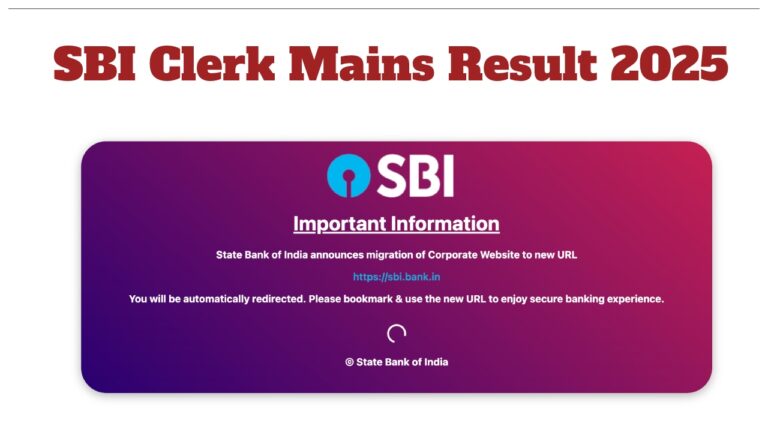New Delhi: Every salaried person working in the organized sector in India definitely has a Provident Fund Account, commonly known as a PF account. This is not just a mandatory deduction, but an important part of your salary that is deposited every month by both you and your company (12% of your Basic Salary and Dearness Allowance is yours, and roughly the same amount is from the company).
It acts as a significant saving for your future and emergencies, on which you also receive attractive interest determined by the government. The best part is that if you ever face a sudden emergency and are in urgent need of money, you can withdraw some or even the full amount from your PF account. But what are the rules for this? When and how much money can be withdrawn? And what is the process? Let’s find out everything in detail.
When and How Much Money Can You Withdraw from Your PF Account? Know the Rules
You can withdraw money from your PF account in two main situations:
Full Withdrawal:
- On Retirement: Upon completing 58 years of age, you can withdraw the entire money deposited in your PF account (your share, employer’s share, and accumulated interest). This is meant for your financial security after retirement.
- In Case of Unemployment: If you lose your job and become unemployed, this money can help you. You can withdraw up to 75% of your total PF account balance after one month of unemployment. And if your unemployment continues for two months or more, you can also withdraw the remaining 25% and the total amount. Note that full withdrawal is typically possible only when you have stopped working and the state of unemployment persists beyond two months.
Partial Withdrawal (Advance):
- The PF account allows you to withdraw a fixed amount for certain specific needs, without closing the account. This is called ‘Partial Withdrawal’ or ‘Advance’.
- The list of needs for which you can make a partial withdrawal is set by EPFO, such as:
- For the marriage of yourself or a family member (child, parent).
- For your or your child’s higher education (after matriculation).
- For treatment of a serious medical emergency or illness.
- For buying or constructing your own house.
- For renovating your existing house.
- In certain specific circumstances during unemployment (if changing jobs with a gap).
- An important point is that there is a set limit on the amount that can be withdrawn for these needs. This limit is determined based on the type of your need and the total amount accumulated in your PF account (especially your and the employer’s share). You cannot withdraw any amount you wish.
What is the Complete Online PF Withdrawal Process? How to Apply from Home
Nowadays, withdrawing PF money has become very easy. You can do this online from home through the EPFO Unified Member Portal.
- Visit the Portal: First, you need to go to the EPFO Unified Member Portal at https://unifiedportal-mem.epfindia.gov.in/memberinterface/.
- Login: Login by entering your 12-digit UAN (Universal Account Number) and password. If you have not yet activated your UAN or have forgotten your password, first use the ‘Activate UAN’ or ‘Forgot Password’ link to fix it.
- Check Essential Details: After logging in, check your profile and KYC details (especially Aadhaar, PAN, and Bank Account) on the dashboard. It is very important for online claims that your KYC is complete, verified, and your mobile number is linked to your Aadhaar.
- Select Online Services Tab: Click on the ‘Online Services’ tab provided at the top of the portal.
- Choose Claim Form: From the dropdown menu, select the ‘Claim (Form-31, 19 & 10C)’ option. Form-31 is for Partial Withdrawal (Advance), Form-19 is for Full Withdrawal (Retirement/Unemployment), and Form-10C is for withdrawing Pension Fund. Choose the form according to your need.
- Verify Bank Account: You will be asked to verify by entering your bank account number or its last 4 digits on the screen. Proceed after doing this.
- Select Claim Type & Reason: Now you will need to indicate what type of claim you are making (e.g., from the ‘I Want To Apply For’ dropdown). If you select Form 31 (Partial Withdrawal), you will need to choose the reason for withdrawal from the ‘Purpose for which advance is required’ dropdown (like Medical Emergency, Marriage, etc.).
- Fill in Requested Information: Now you will need to enter the amount you wish to withdraw (this will be according to your eligibility). Also, fill in other requested information such as your address and bank details (which are already in the system). For some specific claims (like Medical), you may need to scan and upload relevant documents like a doctor’s certificate.
- Verify Aadhaar OTP: Before submitting the final form, you will need to authenticate the online claim. For this, an OTP (One-Time Password) will be sent to your Aadhaar-linked mobile number. Enter that OTP in the box provided on the website to verify your request.
- Submit: After OTP verification, your online claim will be submitted successfully.
What Happens After Claim Submission?
- Your online claim goes directly into the EPFO system for processing.
- Based on the type of your claim, the amount being withdrawn, and your KYC details (especially Aadhaar linking), your claim may be processed automatically or, in some cases, it may be sent for online verification or approval by your employer (company). The good news is that Aadhaar-based online claims are usually processed very quickly.
- Once your claim is approved by EPFO, the claimed amount is transferred electronically directly from your PF account to your bank account (the same bank account that is linked with your UAN).
- Timeline: Generally, it can take approximately 2 weeks (i.e., 10 to 15 working days) for an online PF claim to be processed and the money to reach your bank account. However, processing time depends on the workload of EPFO offices and bank procedures, so it can sometimes take a little less or more time.
Your PF account is a very important part of your hard-earned money. Only withdraw money from it in case of emergency or utmost necessity, so that you have a substantial saving available at the time of retirement.
